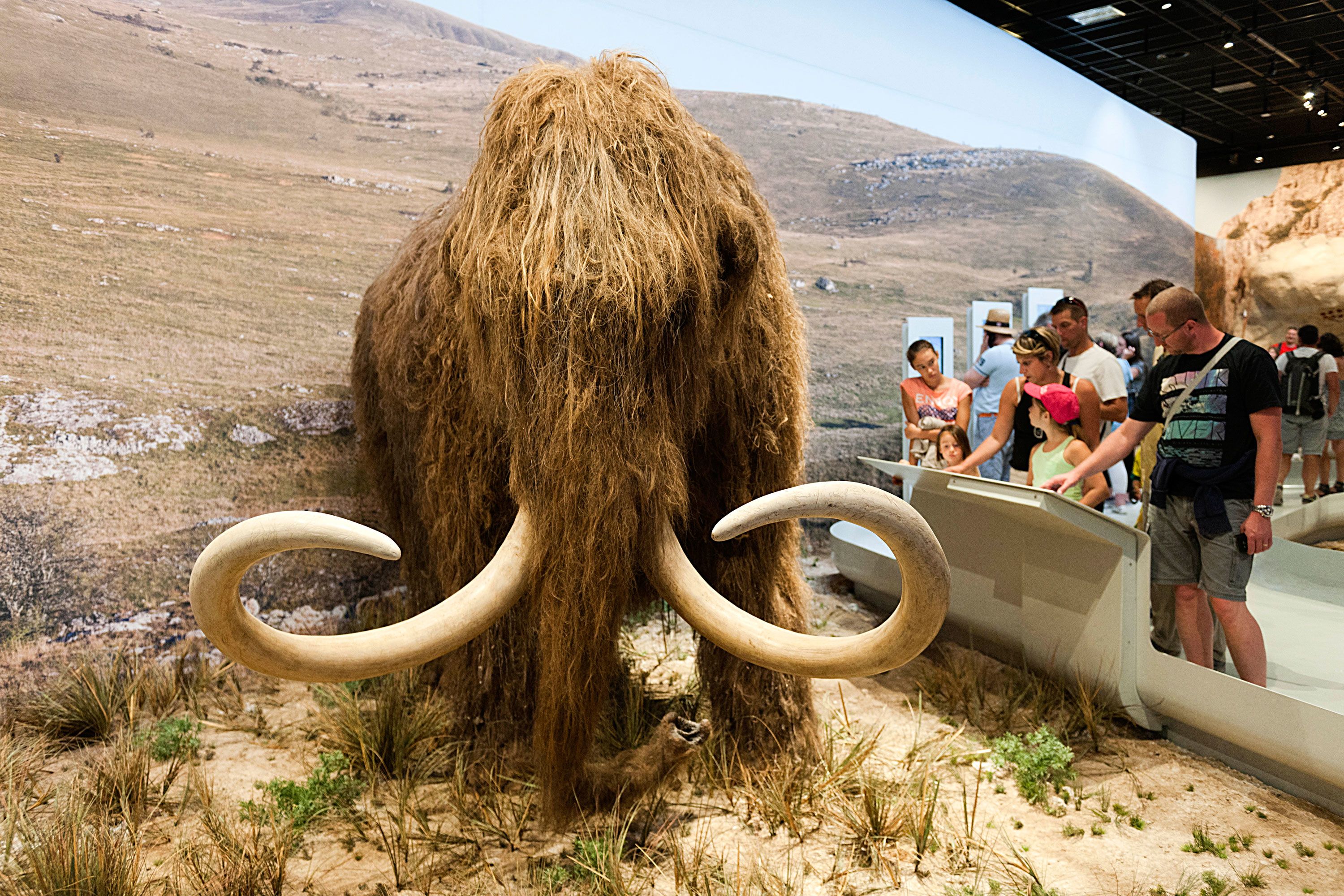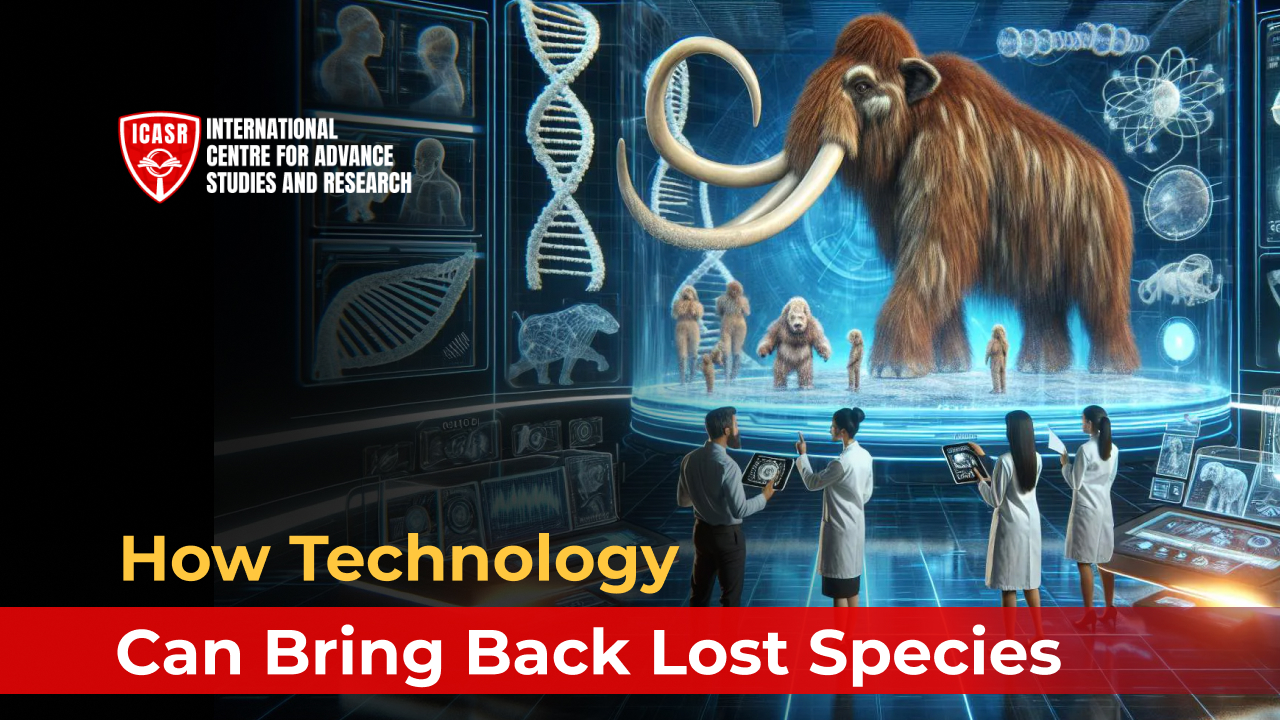For years, scientists, conservationists, and the public have been entranced with the notion of bringing back lost species. The epic woolly mammoth aside, and the once flourishing passenger pigeon notwithstanding; these days resurrecting extinct animals does not only belong in science fiction anymore. Technology advances and genetic science are proving to us that there are no bounds to possible things; thus providing us with a glimpse into an eventuality in which we can retrieve some of the biodiversity we have altered on our planet. This blog will discuss ways through which technology can be used to revive lost species and in this context, focus on how to restore biodiversity by reviving extinct animals including bring back Woolly mammoths.
The Science of Revival: Cloning Extinct Animals
In recent years, cloning has been an important part of the effort to reintroduce extinct species. Clone organisms involve producing another organism that has similar genetic material. In such cases, this technique usually kicks off by extracting DNA from preserved samples obtained from them. The resulting substance is used to make a cell which can multiply into a real living specimen after some transformation is done on it; however many issues must be solved first before it can come true.
The Case of the Woolly Mammoth:
One of the most ambitious projects in the area of de-extinction is trying to revive a woolly mammoth. This ice age colossus that walked on northern tundras and steppes approximately 4 thousand years ago has always fascinated scientists and the public for a long time. Not to say that we would like to resurrect the woolly mammoth completely, but rather make one hybrid animal having some characteristics both from the mammoth and its nearest living counterpart – the Asian elephant.
This is being done by scientists at the Harvard-affiliated Mammoth Revival Project under the leadership of George Church. In advanced CRISPR-Cas9 gene editing technology, they insert mammoth’s gene into Asian elephants. These genes account for thick fur, accumulation of fat and cold climatic conditions. The purpose of this project is to produce an elephant capable of withstanding extremely low temperatures; which should make it possible for the creature to live in Arctic tundra.
Challenges and Ethical Considerations
Despite the efforts of cloning extinct animals, there are significant hurdles that have to be cleared. One of the major impediments involves obtaining quality DNA. This is complicated by the fact that extinct species often leave behind fragmented or obsolete DNA, making it hard to assemble a comprehensive genome. Furthermore, integrating a viable genome into the genome of a closely related species is another problem faced by scientists who want to clone an extinct animal.
Even more so, moral dilemmas have to be addressed. Reviving extinct animals that no longer exist brings forth queries concerning their well-being and involvement in contemporary ecological systems. Would these beings encounter health problems, or would they flourish within today’s atmosphere? Hence, it is important to weigh possible repercussions on current ecosystems and living organisms.

Other Technological Approaches Other than Cloning:
The revival of extinct animals is not only focused on cloning but also involves other technologies that play an essential role. These include gene editing, synthetic biology and even artificial wombs.
Gene Editing:
Gene editing technologies such as CRISPR-Cas9 enable scientists to make specific alterations in the genetic material of an individual. In living organisms, this technique has been utilised for insertion or change of genes hence offering hope for de-extinction initiatives. For instance, as earlier alluded mammoth genes might be introduced into Asian elephants using gene editing.
Synthetic Biologies:
Synthetic biology goes beyond gene manipulation by making completely new genomes from scratch. With this technique, researchers can design and synthesize the DNA sequences that are essential for developing organisms with specific characteristics. This kind of technology may be utilised to generate a brand-new species which bears resemblance to some extinct kinds in several important aspects.
Artificial Wombs:
Another revolutionary technology that could facilitate de-extinction is the artificial womb. By simulating conditions for gestation, they may tackle some of the issues relating to cloning as well as reproductive health. For instance, developing an artificial womb for the woolly mammoth will resolve problems linked with gestating a mammoth embryo within an Asian elephant.
The Role of Technology in Biodiversity Restoration
There is a direct relationship between the revival of extinct animals and the larger purpose of restoring biodiversity. The variety of life on Earth, including species richness, genetic variability and ecosystems constitutes biodiversity. Whenever a species becomes extinct, it removes certain links from ecosystems resulting in possible downstream impacts on other species or ecological processes.
Reintroducing Extinct Species to Restore Ecosystems:
The potential to restore ecosystems is one of the major arguments for bringing back lost species. For instance, the woolly mammoth could help restore Arctic tundras by promoting the growth of certain plant species and controlling the spread of shrubs. The open landscapes that this animal grazes would maintain are supported by a variety of other species.
Likewise, reviving this bird species might help restore balance in its native forests which were once home to them. In North America, passenger pigeons used to swarm around in flocks which influenced seed dispersal and nutrient cycling processes.
Addressing Human Impact on Biodiversity:
Human-caused biodiversity loss also stimulates this way in which technology helps bring back the species that went lost. This extinction of many species was a result of the destruction of habitats, changes in climate, pollution and over-exploitation. Thus by some way using science revives such organisms to alleviate these changes’ impact and balance environments again.
Beyond all doubt, technology has an amazing ability to return extinct species and enhance biodiversity. Genetics as well as biotechnologies testify to how far science has come to bring back lost species that no longer exist such as the woolly mammoth. These endeavors however face several challenges and dilemmas that should be considered from an ethical perspective. Moving forward we must therefore prioritize balancing technological innovations concerning ethics and an inclusive viewpoint towards conservation. That way we can aspire for a world where the biological variety on earth is not only conserved but also rejuvenated for the advantage of all ecosystems including those of future generations.

